The process, then and now, follows a strikingly similar arc of discovery. There is an unexplained death. A woman is blamed. Some local Jack Bauer is at hand to make her "confess." She is forced to name other "guilty" women. (Clarice's grandmother was accused; Anna's daughter was roped in.) And, lo, a conspiracy is discovered. The conspiracy spreads like a bloodstain outward ever further.
It seems that there is something in the human psyche that responds to stressful situations by seeking someone - anyone - to blame, and this blame most often falls upon those of lesser social status: women and children, the poor and the elderly.
We know that witch hunts break out most ferociously at times of trauma and stress. There was no concept of child witchcraft in Congo until the war began and 6 million people were killed. Now a broken and terrorized population has turned on its own children in a desperate, futile attempt to find some way to regain control. The first great witch hunt in Europe came after the Black Death killed one-third of the population. The second came between 1580 and 1650, when the climate cooled and crops failed. Similarly, witch hunting erupted in America—on the dirt-tracks of Salem, Mass.—at a time when 10 percent of the colonists were being killed and all lived in constant fear of the American Indians who were trying to defend their civilization from extinction.
It matters little whether or not any of the accused actually practice magick or witchcraft or any sort of alternative spirituality. In fact, a genuine magician could probably use his or her powers to avoid discovery, so it is likely that the majority of those accused in the course of any given incident will be innocent victims.
While witchcraft is rarely the focus in modern America, our society has evolved much faster than we have. The "Satanic Ritual Abuse" scare of the 1980's and early 1990's bears a surprising similarity to the pattern of witchcraft persecutions that we find in Africa, and it was going on a mere 20 years ago despite what seem in retrospect to be preposterous allegations.
It began in 1984 in California, when a 37-year-old grandmother, previously diagnosed as paranoid and delusional, announced that her grandchild was being abused by a secret ring of Satanists. The children said it wasn't true, and rejected it through hours of questioning. Yet the school became convinced it was—and the children were made to keep talking until they "confessed," at which point they were slathered with praise for their courage. As before—as always—the accusations spread. Our panic about the vulnerability of children created a monstrous irony: In the process of trying to ease our fears, we turned our own children into witch-accusers—and panicked even more. Dozens of innocent people were jailed.
As magicians we must stand against the forces of superstition, which are rooted in faulty conditioning loops and misplaced correllations that falsely link random, unconnected events. This is one more reason that I am a strong advocate of practical or thaumaturgic magick. Thaumaturgy is where the "rubber hits the road" so to speak - practical spells with objectively measurable results either work or they don't. This is also why I'm ambivalent about proving the effectiveness of magick to a mass audience. The witch hunting pattern is still out there, buried in the human psyche, and I worry that widespread acceptance of magick in our society would simply add more fuel to the fire.












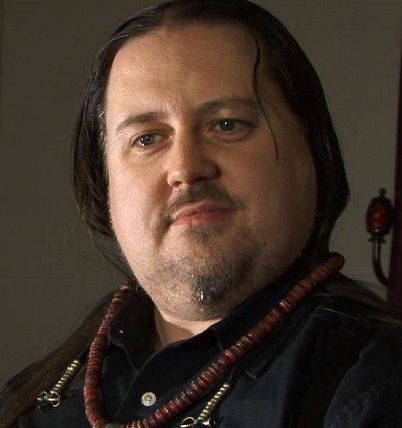

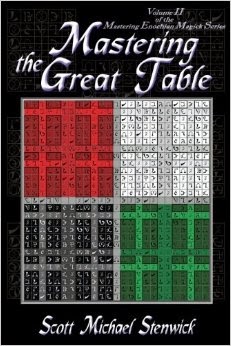

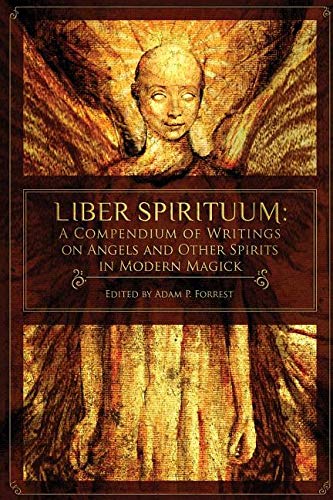
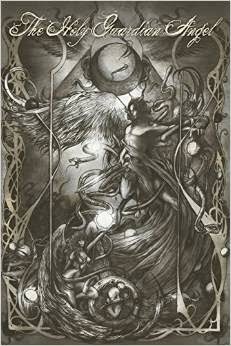

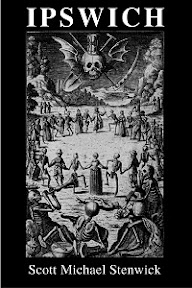
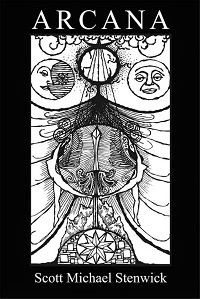



No comments:
Post a Comment